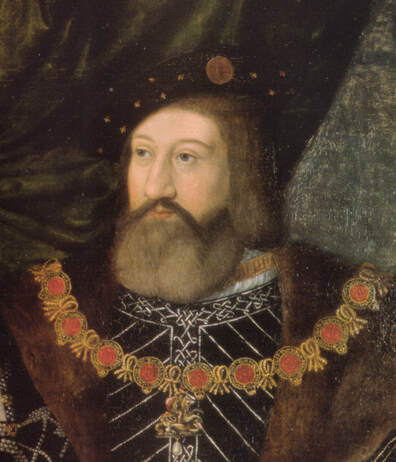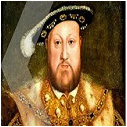Henry VIII, the Reign
The Divorce Trial
Part Twenty - Two
The Trial Begins – Francis Finished in Italy – Treaty of Barcelona –Divorce Trial Adjourned and Called to Rome – Wolsey and Brandon Clash – Gardiner Appointed Principal Secretary
Wolsey was in trouble whichever way he turned: trouble from Catherine; trouble from Charles, who had detested him for years; and trouble from the many English people across all classes who now ridiculed him. Anne Boleyn, for now, suffered him. Henry, however, remained his friend. He needed him and was fearful of the world without him.
But there were members of the nobility and gentry who were sharpening some very long and deadly knives to use against him.
The clock had been ticking for some time. Previously, in April 1528, Margaret Habsburg, Governor of the Netherlands, had sent word with the Windsor Herald to Wolsey that some people in authority were making great efforts to achieve peace between Charles and Francis without the cardinal’s interference or that of his sovereign. She confirmed these intentions to him directly in a personal communication a couple of days later. Negotiations continued until the spring of 1529, by which time they were sufficiently advanced for the French and the Imperialists to meet face-to-face that summer.
The legatine trial at Blackfriars in London began on 18 June 1529.
But there were members of the nobility and gentry who were sharpening some very long and deadly knives to use against him.
The clock had been ticking for some time. Previously, in April 1528, Margaret Habsburg, Governor of the Netherlands, had sent word with the Windsor Herald to Wolsey that some people in authority were making great efforts to achieve peace between Charles and Francis without the cardinal’s interference or that of his sovereign. She confirmed these intentions to him directly in a personal communication a couple of days later. Negotiations continued until the spring of 1529, by which time they were sufficiently advanced for the French and the Imperialists to meet face-to-face that summer.
The legatine trial at Blackfriars in London began on 18 June 1529.




